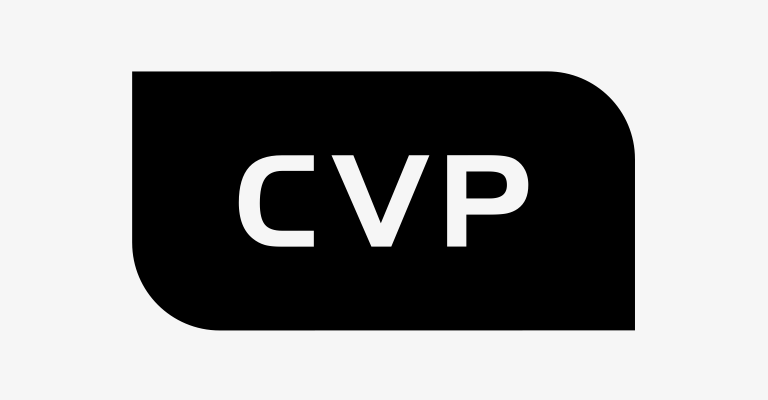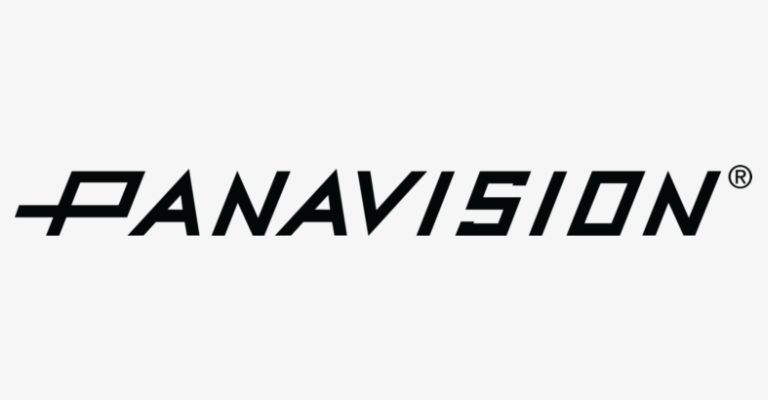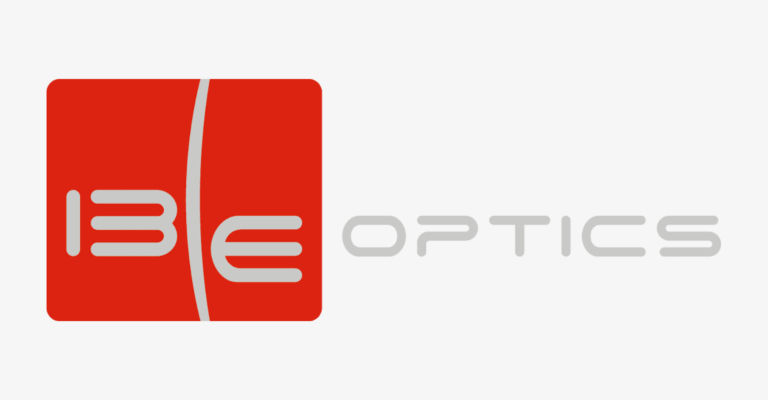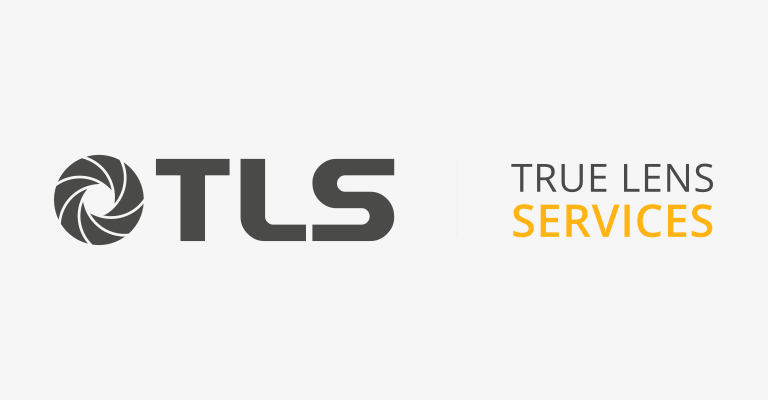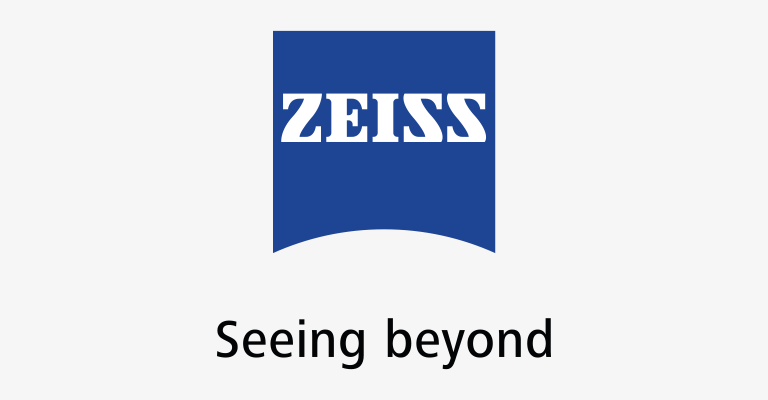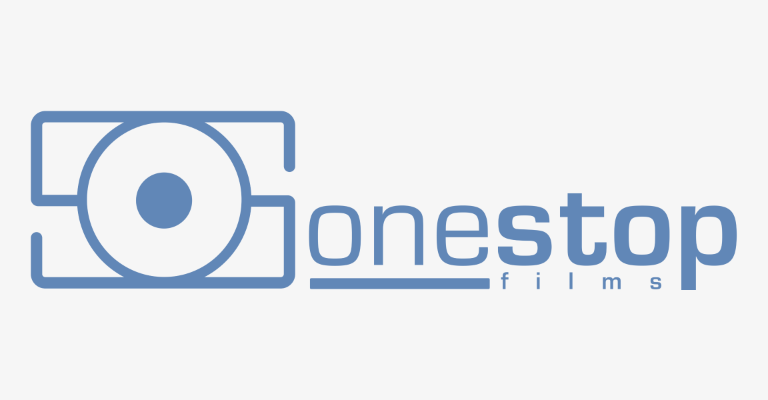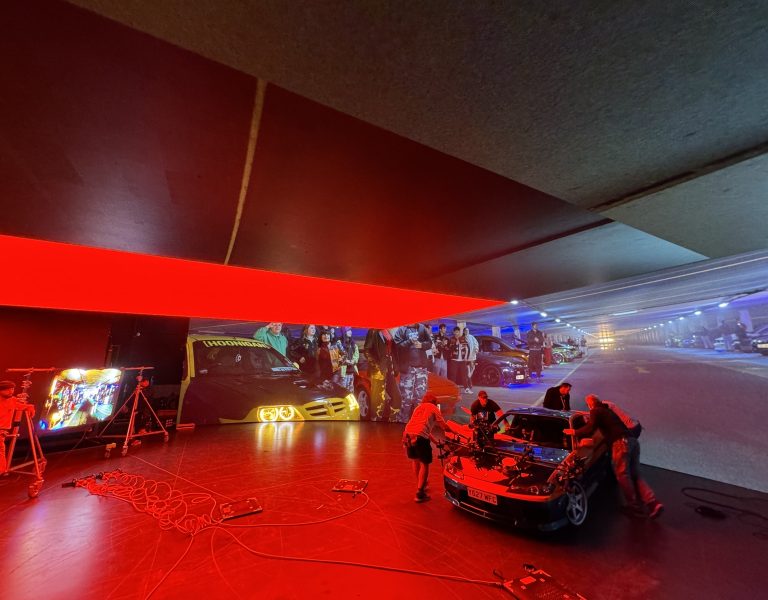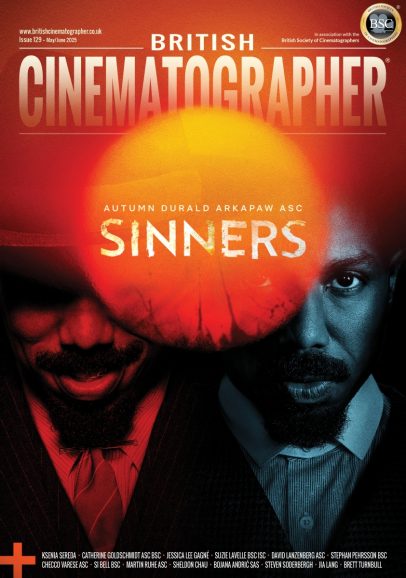HEART OF THE ACTION
BODY//
Production name: Thirst
Production type: Criminal drama
Cinematographer: Emils Spungis LGC
Director: Ronalds Mezmacs
Overview of production and the visual approach you adopted: The screenplay is originally written and directed by the director Ronalds Mezmacs and when I joined the project just a month before the production had started, he was very clear about the visual approach. We were going to shoot everything handheld and each one of the 65 scenes will be shot in a single long take.
The short pre-production prep time and just twelve production days really pushed us to think about how are we going to maximise time with actors and less about the technical concerns.
Lens(es) used: Soviet high speed EKRAN prime, Angénieux EZ-Series
Lenses supplied by: BBrental
Camera used: RED Komodo, Sony a7s III
Look you needed to achieve: The image had to feel like a point of view of a spectator standing by, watching the action unfold, so 90% of the film was shot on a 50mm focal length, which feels like the human eye. It’s a criminal drama, where most of the action takes places in underground supermoto bike hideouts which are dark, dusty and unpleasant, so the lens had to have some imperfections so it would reflect the environment where the actors spent the most time in.
Lens testing process: We chose the Soviet high speed EKRAN prime lenses just a couple of days prior to the first shooting day, because we felt that the Zeiss CP2, which we thought we were going to use was giving us too much of a sterile image for the genre. Since this set of 20th century EKRAN primes hadn’t been rehoused and there were some technical, which is why we considered rehoused Leica R, Zeiss CP2 and the Zeiss HS.
Why your chosen lens was the most appropriate: The EKRAN prime was appropriate, because it achieved an imperfect image with a hard 7 edge bokeh and soft/blurry corners of the image. In the worst case scenarios, when I had to open up the aperture, I was able to, because the 50mm opens up all the way to T1.4.
Explanation of lensing techniques used: The 50mm was my workhorse for the project. I really enjoyed that I could move dynamically and be close in the action with the characters with the 50mm focal length. The Angénieux EZ-Series 3090mm zoom was used for when we mounted the camera to a chase car jib, so we could get a variety of shots from a DJI Ronin Force Pro motion controller inside the car. We shot with a single camera.
Challenges faced and how they were overcome: I did need to ride the aperture in some scenes, when I was moving from the exterior to interior in a single long take, so at some points in the film you can see when the aperture is open all the way to T1.2 and the image becomes really soft/bloomy. I was worried that we will have trouble with the loose aperture ring, which tended to slip without turning the focus. My first AC Rolands Zelders took time off from his day job to help us on this production and was put to a test when he found out that each scene will be a single long take, and he was great!
Lens lessons this production taught you: Embrace the visual imperfections of an image the vintage Soviet lenses create and be more experimental with filtration to add to the dirty look of an image.
